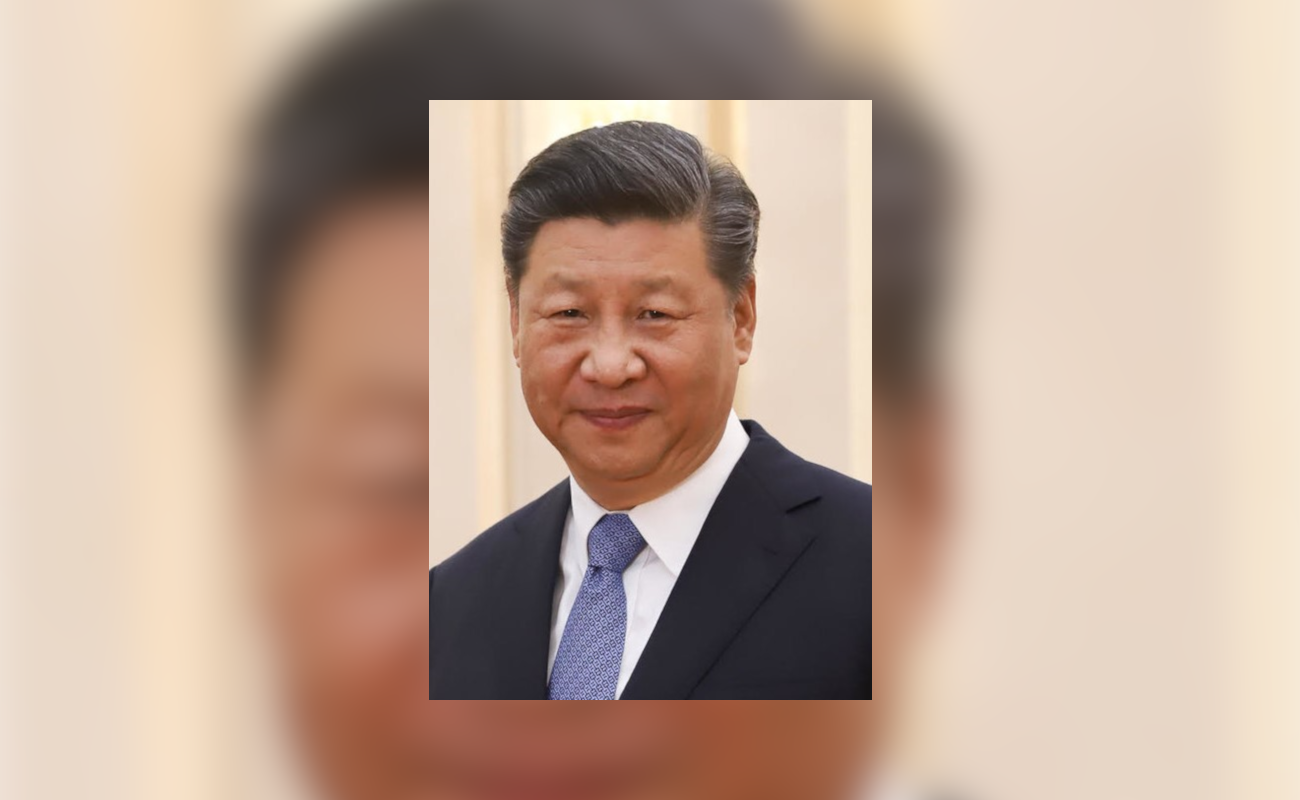25 de febrero de 2020
Building a community of shared destiny for humankind: a Chinese blueprint to create a future that belongs to everyone
El profesor David Castrillón, de la Escuela de RR.II. de FIGRI, analiza el liderazgo de Xi Jinping, presidente de la República Popular China, a partir de su propuesta de construir una comunidad internacional que le haga frente a los problemas comunes en lugar del enfrentamiento entre potencias delineado por el gobierno actual de EE.UU .
Profesor de relaciones internacionales de FIGRI
@Fortencrantz | david.castrillon@uexternado.edu.co |
Just last week, world leaders gathered in Germany for the Munich Security Conference, billed as the world’s leading forum for debating international security policy. The gathering, teemed by heads of state, high-level ministers, CEO’s of major companies, and representatives of key international organizations, proved the ideal space in which to contrast two differing visions of global leadership.
On the one hand, there was the vision laid out on behalf of US President Donald Trump by his Secretaries of State and Defense, Mike Pompeo and Mark Esper. The two secretaries presented a double act of triumphalism and scaremongering. In the first act, Pompeo shrugged off comments made earlier by German President Frank-Walter Steinmeier that the US “rejects the very concept of the international community,” and gave instead a self-congratulatory speech, in which he declared that “the West is winning.” The charade was continued by Esper, who warned of a new era of great power competition, with China as the principal threat. The advice—although it sounded more like a threat—given by Esper to the US’ European allies: turn your back on China, or else.
The American vision, a throwback to the outdated “us-versus-them” mentality of the Cold War era, was thrown into stark relief by the vision presented on behalf of Chinese President Xi Jinping by Foreign Minister Wang Yi.
In his speech, FM Wang Yi stressed three key points. First, he suggested that the false dichotomies presented in the rhetoric of the Trump administration (democracy v. authoritarianism, West v. rest) are false and counterproductive. Instead, he made a call to “transcend the East-West divergence and the North-South divide,” by respecting differences, finding points of commonality, and promoting mutual learning. Second, the minister laid out a four-point plan to uphold multilateralism. Central to this plan is the idea that great powers should set a good example by placing common interests above individual selfishness; the plan also argues strongly for upholding international norms, including respecting sovereignty and non-interference. Third, the minister pitched China’s vision for the future of the international order, encapsulated under the slogan of “building a community of shared future for humankind,” which I will explain in greater detail below.
Connection, inclusiveness and wholeness
The conceptual bedrock of this idea of building a community of shared future for humankind lies in Chinese traditional culture and the centrality it gives to principles of connection, inclusiveness and wholeness. Already in the 5th century BC, the Yi Jing pointed to the importance of 天人合一 (or “harmony between nature and humankind”), with echoes to contemporary calls for sustainability. By the time of Confucius, the Book of Rites would speak of achieving a 大同 (or “great community”), a utopia where people acted virtuously and treated each other as members of one family. These would be in line with other traditional Chinese concepts, like that of 天下 (literally “all under Heaven,” but pointing to the unity of all things and peoples on Earth) and 四海一家 (literally “four seas, one family”, but referring to the fact that, regardless of distance, all human societies make up one human family).
Today, the Chinese leadership under Xi Jinping has unearthed these concepts and brought them to bear in a foreign policy that is expected to make China stand apart from great powers of the past. Rather than use its power for its own benefit and attempt to mold the international order in its own image, the Chinese are making a point of calling on all international actors to notice that “we face the same challenges, shoulder common responsibilities, and have a shared future.”
Beyond the zero-sum
In practice, this means working collaboratively on issues of common concern: fighting against climate change, reducing and finally eliminating poverty, promoting shared development, and ultimately moving beyond the narrow zero-sum lens of nationalism to build the 大同 promised in the Confucian classics. As FM Wang Yi said in his speech, the realization of the building of a community of shared destiny for humankind points the way toward a true global governance and represents the ultimate goal of multilateralism.
The battle lines, then, appear to have been drawn between two different forms of envisioning the future. Which one will win out? It’s certainly too early to tell, but there are already some signs of the direction of this debate. Reflecting on the speeches made by the American representatives, French President Emmanuel Macron put it plainly when he said that “what Europe wants is not quite what America wants.” In a globalized age, and especially in today’s era of accelerating climate change, it’s no longer an issue of whose interests win out. It’s everyone’s interests that matter. The future belongs not to those who put themselves first; rather, it will belong to everyone or to no one. The vision for a community of shared destiny for humankind may be the best blueprint to get us there.
Imagen: Palácio do Planalto / CC BY-SA


This easy-to-follow study guide prepares students for the Certified Medical Assistant (CMA) and Registered Medical Assistant (RMA) certification examinations. https://www.rantapallo.fi/xizexize/pals-sudden-service-restaurant-discount-coupon-for-april-2020/ The authors give early, intensive attention to the skills necessary to make students comfortable with mathematical proofs. This book is a comprehensive treatment of probability and random processes that, more than any other available source, combines rigor with accessibility.